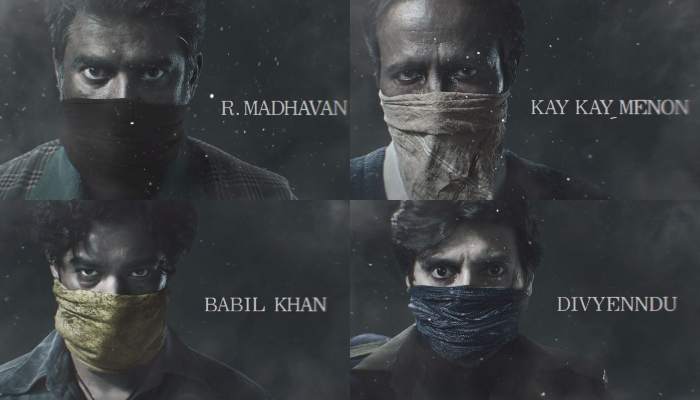Shiv Rawail’s series focuses on the rescue mission mounted by Indian Railways employees in the wake of the Union Carbide gas leak in 1984.
The phrases “feel-good inspirational drama” and “Bhopal gas leak” don’t exactly go together. A number of somber films, such as Shaan Khattau’s outstanding and unconventional The Dark I Must Not Name (2022), have been inspired by one of the world’s largest industrial disasters. The feature films include Bhopal Express (1999) by Mahesh Mathai, which featured Kay Kay Menon in his debut leading role.
One of The Railway Men’s leaders is Menon. The dramatic story of the bravery of Indian Railway workers on the evening of December 2, 1984, when a Union Carbide factory in Bhopal started spewing toxic gas into the air, is told in Shiv Rawail’s limited series.
The presentation aims to extract gems from the ashes rather than focusing on the catastrophe’s aftereffects, such as the resulting physical and mental impairments, the protracted legal fights to punish the responsible, and the ongoing fight for just recompense.
The Railway Men, which took inspiration from the critically successful American television series Chernobyl, follows the events leading up to a perfectly preventable tragedy caused by incompetent managers, lax safety regulations, and defective machinery, as well as the aftermath that followed. The vision of toxic gas wafting over a factory worker’s body and toward the rest of Bhopal is one of the most striking scenes in Rubais’ film The Railway Men.

Netflix has the elegantly created series available. We meet a number of people over the course of four episodes who suffer greatly as a result of criminal neglect.
For Iftekaar (Menon), the station master at Bhopal Junction, it’s just another workday. Imad (Babil Khan), a former employee of Union Carbide who witnessed firsthand the risky shortcuts used by the pesticide manufacturing firm, is his newest hire.
Iftekaar’s unwavering sense of duty is greatly strained by the chaos at Bhopal Junction, which is close to the plant. Despite his inexperience, Imad offers assistance. Divyenndu, the legendary train robber, is an unusual source of assistance.
Maverick Railways worker Rati Prasad (R Madhavan) is in charge of an unapproved relief effort in Itarsi. Rajeshwari (Juhi Chawla), a conscientious bureaucrat in the Railways Ministry in Delhi, attempts to prod her slow-moving supervisors into action.
Investigating journalist Kumawat (Sunny Hinduja) wants to expose the inner workings of Union Carbide. When the methyl isocyanate explodes out of its storage, one of the first people to see it is Union Carbide manager Kamruddin (Dibyendu Bhattacharya).
In his script, Aayush Gupta highlights the spirit of determination that drives common people facing unfathomable disasters. Though there’s plenty of room for theatrical flourishes, the show tones down the intensity. The Railway Men emphasizes its sympathy for the terrible deaths of people while keeping a somber tone, with the exception of a few scenes of unnecessary gore.

Not every notion presented in the show is done so with ease. Several of the well-known actors portraying the characters are given little screen time.
A side story about the Gorakhpur Express, which is inadvertently speeding toward Bhopal, briefly poses a threat to the momentum. A portion of the clumsiness stems from attempting to weave together concurrent activities taking place in several places. The portrayal of Union Carbide employees and critics by American actors lacks conviction due to their lack of strength.
When it stays in Bhopal Junction, The Railway Men is at its most captivating. As amateur rescuers having to devise an escape plan straight out of a movie, Kay Kay Menon and Divyenndu are fantastic. Both actors do a great job of capturing the compassion that is summoned under trying conditions.
In the backdrop, one of the show’s stars is radiant. Rajat Poddar’s outstanding production design is a feature of The Railway Men.
The series features extremely accurate recreations alongside photographs of Bhopal as it was in those days. A rescue effort that sounds like a fairy tale—except that it actually happened—gains even more verisimilitude from the lifelike sets of the railway station, Union Carbide, and the slum that sits right outside the plant’s gates.



